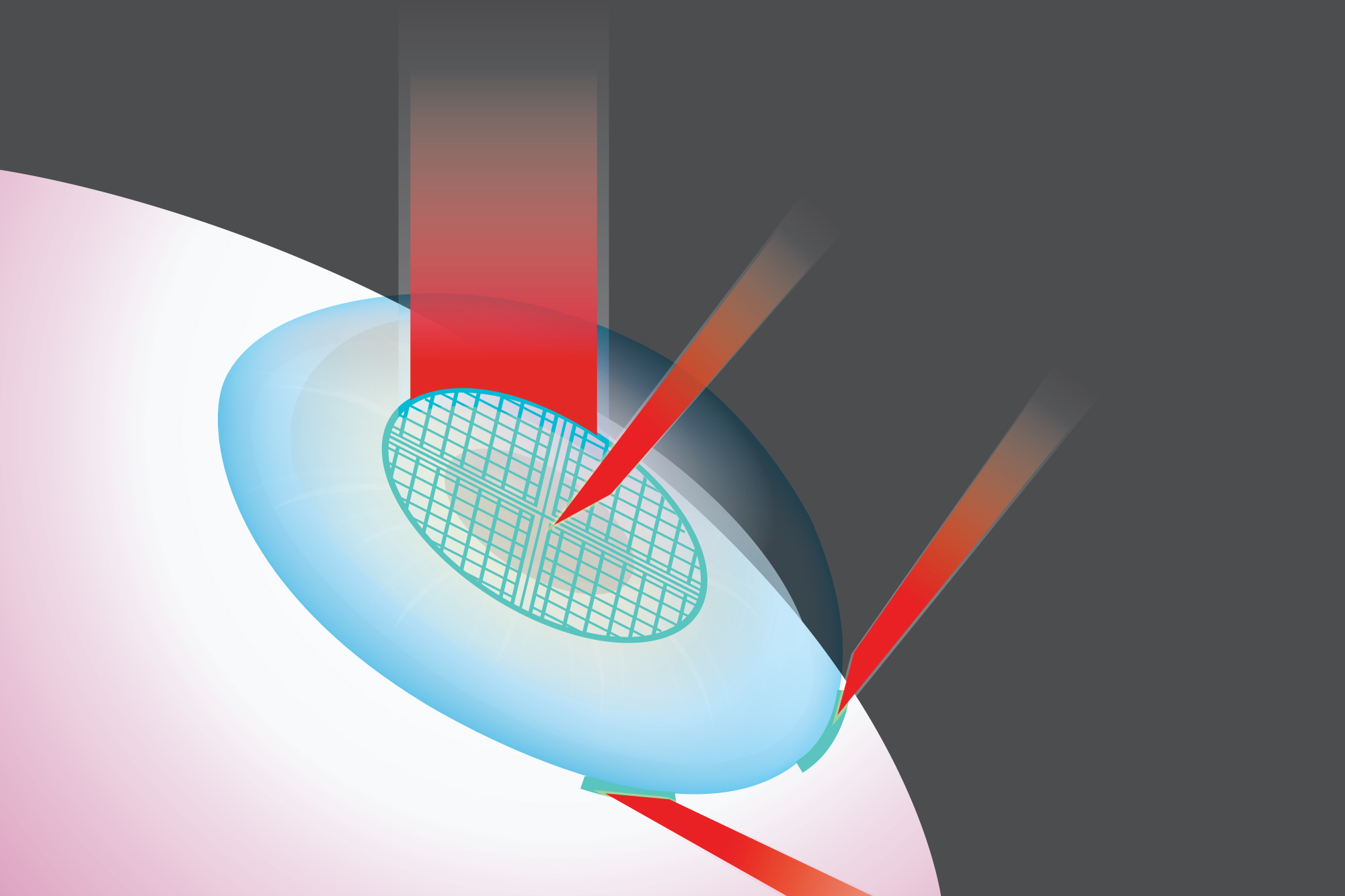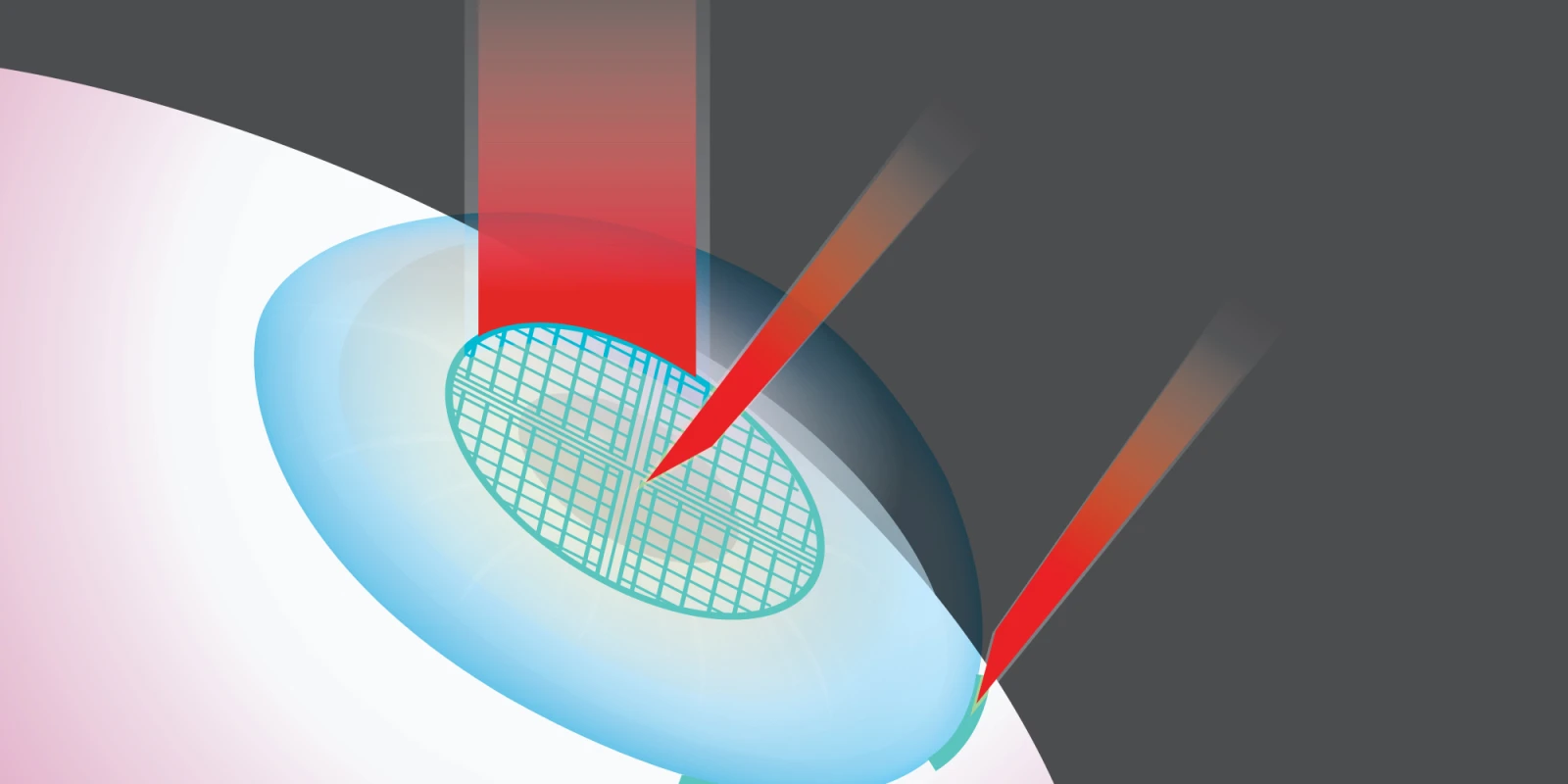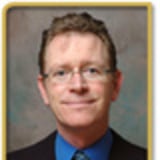
The 123rd Annual Meeting of the American Academy of Ophthalmology (AAO) concluded recently. This meeting is the largest open forum for the exchange of information on the field of ophthalmology both in the United States, and internationally. Virtually every U.S.-based ophthalmologist is a member of the AAO and more than 20,000 attended this year’s meeting. A unique highlight is the Subspecialty Day, which holds two-day focused meetings on
cornea, glaucoma, neuro-ophthalmology, oculofacial plastic surgery, pediatric, refractive surgery, and retina. These meetings bring uniquely curated topics with world-leading specialists to the podium, focused on innovation, novel diagnostic and treatment approaches, new and updated clinical trials data and controversies within the field.
Along with the AAO itself, multiple organizations partner to advance education within the field. A unique focus remains within ophthalmology: surgical teaching. Historically, observing, and then participating in live surgery was the only avenue to acquire patient targeted surgical skills. With nearly all ophthalmic surgery taking place under the microscope, a major leap forward in teaching has incorporated advanced imaging techniques and intra-operative surgical recording. For many surgeons, almost all cases are recorded, and this material now serves as a major teaching tool, shifting live conference-based surgical teaching to the minority. Many have argued that live surgical viewing, outside of the operative theater, raises both ethical and patient care issues. Having participated in live surgery, both as the surgeon, and as the discussant, I believe that recent advances in imaging now allow better surgical teaching, eliminate increased concerns for patient safety, and obviate any significant ethical issues.
Highlighting this educational shift was the 5th Film Festival moderated by Dr. Don D’Amico and discussed by an expert panel including Drs. Berrocal, Kitchens, and Murray. In this forum, individual surgeons presented videos documenting their surgical approach to both typical and atypical vitreoretinal surgical procedures. This forum allowed 20 surgeons to present their cases, discuss the surgical approach, focus on best care practices, incorporate advanced technology, and discuss avenues for future development.
In keeping with the evolution of the retina specialist in the U.S. (and worldwide), the presentations were given by a diverse mix of women and men. As behooves any advanced surgically-focused meeting controversies abounded in the discussion. As was noted by more than one participant, surgical approaches require flexibility to manage potential moment-by-moment events within the OR. These discussions focused on advanced 3D imaging, improved instrument design, including ultra-fast cutting incorporating new beveled tip cutters, along with advanced forceps, widefield illumination, and novel laser probes.
Cases focused on pediatric retinal detachment repair (including the Film Festival Winner, Dr. Nina Berrocal’s 3D video highlighting the surgical approach to a pediatric, tight preretinal membrane), management of complex diabetic traction retinal detachment, use of intraoperative sdOCT imaging, surgical approach to gene therapy, alternatives for management of the dislocated intraocular lens, and evolving strategies for macular hole repair. These cases highlighted the progress of the surgical retina specialist, particularly in a field that began only 40 years ago.
Ophthalmology will remain a procedure focused specialty requiring invasive approaches to alleviate pathology. Surgical teaching has always been an apprenticeship between the teaching surgeon and the training surgeon. Enhancing the preparation of the young surgeon is paramount to alleviating anxiety inherent in the training OR while minimizing risk. The expansion of curated surgical video enables an extensive training opportunity both before, and after, each novel surgical procedure. Further, even after three decades as a vitreoretinal surgeon, it is clear that surgery is a lifelong learning endeavor. The equipment and approaches that I use daily, and that were comprehensively discussed during the Film Festival, were not in existence during my training.
Ultimately, the AAO continues to represent a national perspective on physician-directed eye care, using its broad membership to focus on the most common blinding and life-threatening diseases affecting our communities. This meeting uniquely disseminates advanced educational information but also serves as a forum for best patient practices, surgical and medical advances, and the importance of the ophthalmologist in maintaining vision quality of life for our patients.
Timothy G. Murray, MD, MBA, FACS works at Miami Ocular Oncology and Retina (MOOR).







